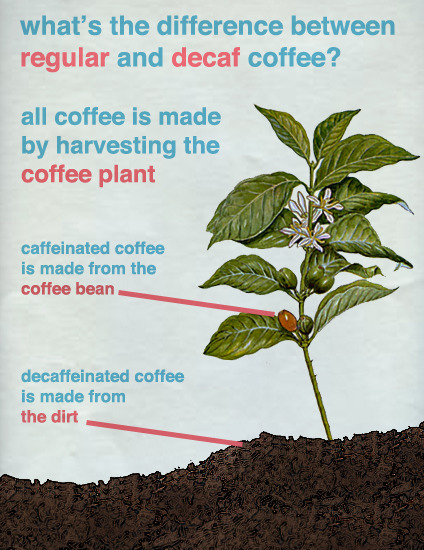15 years after NASA astronomer David Williams started searching for them, hundreds of trees grown from space-faring seeds are still missing.
The “moon trees,†whose seeds circled the moon 34 times in Apollo 14 astronaut Stuart Roosa’s pocket, were welcomed back to Earth with great fanfare in 1971. One was planted in Washington Square in Philadelphia as part of the 1975 bicentennial celebrations. Another took root at the White House. Several found homes at state capitals and space-related sites around the country. Then-president Gerald Ford called the trees “living symbol[s] of our spectacular human and scientific achievements.â€
And then, mysteriously, everyone seemed to forget about them.
“The careful records weren’t kept, or if they were kept they weren’t maintained,†Williams said. Williams, whose job includes archiving data from the Apollo missions, hadn’t even heard of the moon trees until a third grade teacher e-mailed him in 1996 to ask about a tree at the Camp Koch Girl Scout Camp in Cannelton, Indiana.
“No one around here had ever heard of it,†Williams said. “This is such a neat story, and no one seems to know about it.â€
Williams has made it his mission to find them. For the past 15 years, he has kept a record on the web of every known tree’s location. When he started in 1996, he only knew where 22 trees were found. Now, that number has climbed to 80.
 But the climb is slow. Mostly, Williams heard of new trees when a hiker or a park visitor found one and e-mailed him about it. The e-mails are ever fewer and farther between, he says.
But the climb is slow. Mostly, Williams heard of new trees when a hiker or a park visitor found one and e-mailed him about it. The e-mails are ever fewer and farther between, he says.
“It’s been sort of a trickle,†he said. “Most of the easy ones, the low-lying fruit had already been gathered.â€
Although most of the trees are long-lived species expected to last centuries, some have started to die off. According to Williams’ most recent tree count, 21 of the 80 known trees are dead, including the Loblolly pine outside the White House, five sycamores and two pines outside the U.S. Space and Rocket Center in Huntsville, Alabama, and one New Orleans pine that was damaged in Hurricane Katrina.
“It’s kind of sad, to see them going,†Williams said.
The trees’ poor health has nothing to do with their journey to space, Williams says.
“No one knew for sure whether being exposed to weightlessness or radiation would do something to the seeds,†he said. “They grew control trees right next to each other to see if they grew differently. But they didn’t find anything.â€
The healthy trees have given rise to a crop of half-moon trees, trees grown from the seeds of a moon tree.
“There’s a lot of second generation moon trees being planted now,†Williams said. “That’s getting to the point where I can’t keep up with it.â€
You can even buy half-moon seeds online and plant one in your own yard. Williams’ yard hosts a second generation moon tree, a gift from the National Arboretum.
Although Williams will keep looking, there’s no way to know when he’s found them all, he says. But at least the trees won’t be forgotten again.
“At least now there’s a permanent home for it,†he said. “It can’t be lost now. At least all the information that comes in, we have that.â€
Update: If you think you’ve found a moon tree, you can contact Williams at [email protected]. Check the Moon Trees website to see if your tree has been reported before.
Image: 1) The plaque labeling the moon tree at NASA’s Goddard Spaceflight Center, where Williams works. 2) NASA Goddard’s moon sycamore. (Courtesy Jay Friedlander.)
See Also:
- What To Buy for the Space Explorer Who Has Everything
- NASA Needs You: 6 Ways to Help an Astronomer
- Lost in Space: 8 Weird Pieces of Space Junk
- Invertebrate Astronauts Make Space History





